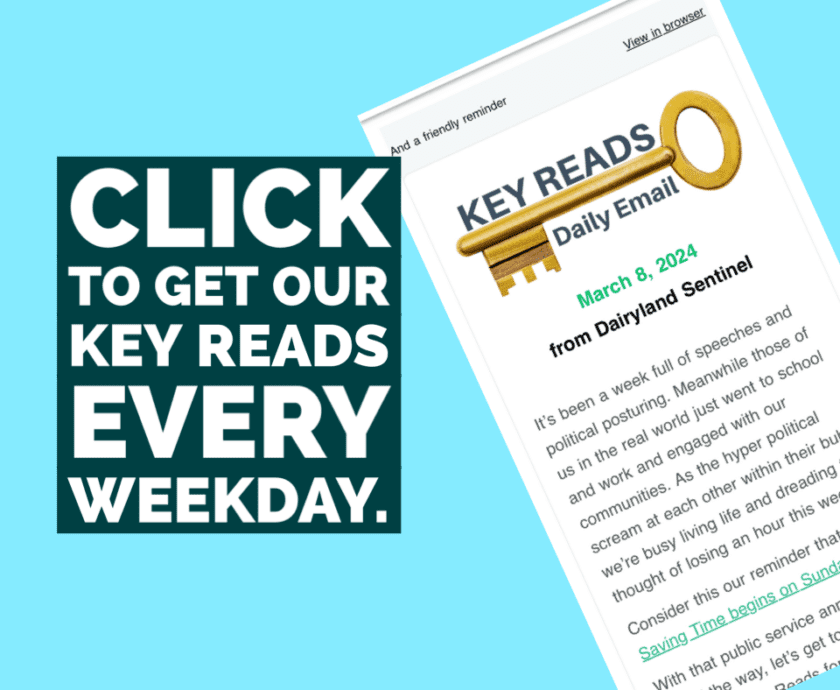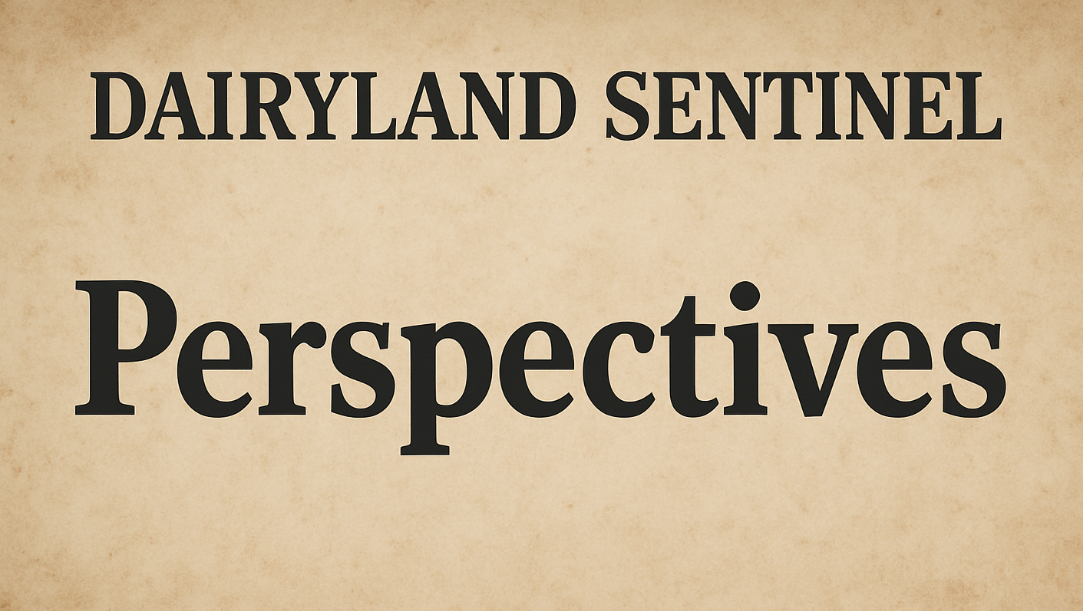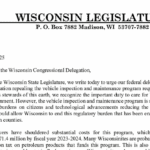Bruce Murphy’s Claim Based on Foundation of Factual Errors
A Dairyland Sentinel Perspectives Column by George Mitchell
Misinformation about private school choice long has masked positive Wisconsin results and increasing popularity with parents.
None other than the Department of Public Instruction gives private choice schools higher scores than traditional public schools. This is so even though average per-pupil funding is 70% of public school levels.
Urban Milwaukee editor Bruce Murphy (Wisconsin Is Creating Two School Systems, October 29) skates past key evidence and bases a major claim on factual errors.
Let’s take the simple stuff first. Murphy questions whether taxpayers can afford “two school systems” when, in fact, costs clearly would be significantly higher if choice students instead attended public schools.
Consider Milwaukee, where the Milwaukee Public Schools recently set an instructional budget for next year of $18,600 per pupil. In contrast, the average per pupil payment next year for students in the Milwaukee Parental Choice Program is about $12,600. Clearly, If choice students returned to MPS, costs to taxpayers would increase far beyond current levels. The same would be true if the Racine and statewide voucher programs were eliminated. That’s a recipe for higher costs and lower academic results.
Murphy argues, erroneously, that this is not the case. He wrongly claims most choice students already attended private school prior to enrolling in parent choice programs and therefore, “most voucher funding replaces a family’s private school tuition with taxpayer dollars.”
That’s simply untrue. The substantial majority of choice students transferred from a public school. While DPI data do not allow for a precise estimate, the data it does provide make this clear.
Yet Murphy writes (emphasis added): “…[S]chool choice is a boon for families who were previously paying for tuition to private schools.The Wisconsin Department of Public Instruction data typically shows that about two-thirds of new students in the voucher program had previously attended private schools, meaning the program was not really providing alternatives to public schools for students…but simply reimbursing families who chose to send their children to private schools.”
DPI data show no such thing. For example, in 2025-26 and 2024-25, DPI reports that about one quarter — not two-thirds — of students new to the statewide choice program previously attended private school. Murphy’s inaccurate claim is well more than double the actual share.
Murphy appears to have misread DPI data. For example, DPI groups choice students in several categories to show enrollment in the prior school year. Most students in the largest category are students at private schools who came from a public school in an earlier year. Murphy appears to count them — inaccurately — as having attended private schools where their families had paid tuition.
Moreover, not all choice students attended a Wisconsin public school before enrolling in a choice program. Some were homeschooled. Others moved from another state. Still others were attending school for the first time. A distinct minority were already were in private schools.
Murphy also appears to rely on data from only the statewide choice program, one that enrolls fewer than half of choice students. But the majority of choice students are in Racine and Milwaukee. Omitting them makes Murphy’s error more glaring. In Racine, for example, only about 6% of new enrollees were previously in private schools. While comparable data are not available for Milwaukee, its share of choice students previously in private school is likely to be equal to or lower than in Racine.
Murphy’s piece will leave many readers with the inaccurate impression that middle income and affluent families are using parent choice programs to “replace…private school tuition.” Yet participation in the statewide program is limited to families with income at or below 220% of the Federal Poverty Limit, hardly middle class or affluent.
In summary, Murphy misrepresents the makeup of the choice population, omits DPI’s positive comparative scores, and fails to tell readers that choice schools get those results with only 70% of public school per pupil revenue.
George Mitchell is a longtime school choice advocate.













